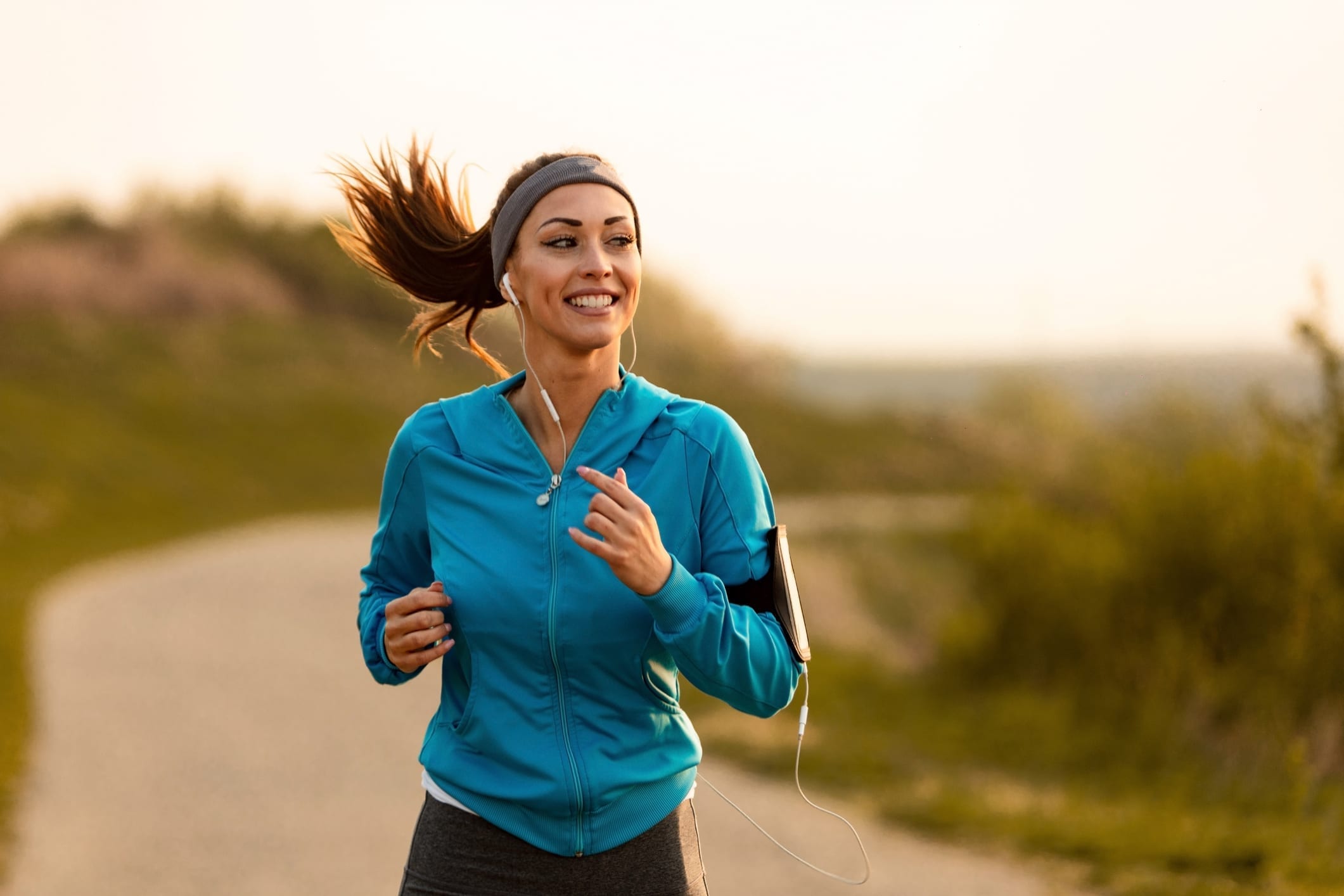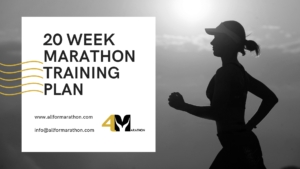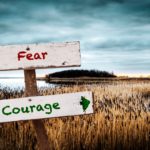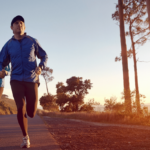In recent years, there has been an increasing amount of research regarding the effects of exercise on mental health conditions such as depression or anxiety. Even though anxiety is a very heterogeneous condition and therefore hard to be studied, there has been some interesting research on how exercise can actually relieve symptoms of anxiety. It is the purpose of this article to present to you some of the topic-related research and support the claims from the title saying that regular running is currently the best overall treatment for anxiety.
According to a comparative study of the team around Dr. Ronald Kessler, around 29% of Americans will develop anxiety symptoms or some kind of anxiety disorder at some point in their life. That is an astonishing number and it makes anxiety the most prevalent mental illness in the US.
Anxiety disorder variations
Let’s start with a basic overview. Here are some of the most common types of anxiety disorders:
- Generalized anxiety disorder GAD
- Panic attacks (panic disorder)
- Health anxiety disorder
- Obsessive compulsory disorder OCD
- Anxiety and depressive disorder
- Agoraphobia
- Social anxiety disorder
- Retroactive jealousy
- Separation anxiety disorder
How running affects our brain
Most runners are aware of the positive effects of running such as weight loss or improved mood. Fewer people know that it can also help to reduce anxiety, depression, improve self-esteem and promote mental health. Or even better, that it enhances your brain’s cognitive functions and memory. Did you know that all this is possible because running actually changes the brain’s physiology?
Improved cognitive functions and memory
Multiple studies point out that aerobic exercise such as running indirectly leads to the growth of certain brain areas and also to increased effectiveness of the way they function.
During exercise, muscles produce a protein called cathepsin B to speed their own recovery. Researchers proved that this protein is linked to higher production of another protein called brain-derived neurotrophic factor (BDNF) which is directly responsible for the growth of a part of the brain called the hippocampus, part of the brain responsible for memory and emotions.
/hippocampus_brain-5783df885f9b5831b5cee889.jpg)
An increase in BDNF leads to increased production of other neurotransmitters like serotonin (happiness hormone), dopamine (cognitive functions), or norepinephrine. In the end, it is the combination of all of these factors that are helping the circuitry of your brain to function more effectively.
All of these positive changes (increased BDNF levels, growth of the hippocampus, and better functioning neurotransmitter systems provide short and long-term relief from depression, anxiety, and other mental disorders.
Running as a treatment for anxiety
As previously mentioned, the majority of research focusing on the effects of aerobic exercise on anxiety concludes that running has a so-called anxiolytic effect. That means that it has the capability to reduce anxiety physical and mental symptoms.
The key factor here is consistency. According to a study, regular running exercise seems to be much more effective than an occasional one. Workouts longer than 30 minutes are generally found to provide more benefit.
Based on the review published in 2010, on average, exercise training decreases physical symptoms of anxiety by 20%. By training, we usually mean regular aerobic activity lasting at least 12 weeks.
Resistance to stress
Running creates new brain cells (neurons) and fosters better communication between them. It literally rewires your brain. On top of that, it helps you to better manage stress which is a key skill to learn to manage anxiety.
How does it work though?
An interesting study published in 2013 in Medicine & Science in Sports attempted to further investigate anxiety reductions achieved by exercise. Subjects were divided into two groups, one of them exercised for 30 mins and one sat still for the same period of time. After the experiment, both groups experienced a similar drop in blood pressure and heart rate. But at the moment when both groups were stimulated with negative emotion simulating stressful life events, those who had exercised kept anxiety lower. Having recently finished a workout gave them a bulwark against emotional stress.

Treating anxiety disorders
There are 5 main ways how to treat anxiety disorders
- Anti-anxiety medication
- Cognitive-behavioral therapy CBT (also version for home)
- Exercise
- Placebo (used in studies)
- Waitlist control (you are on the waiting list to receive the active treatment – used in studies)
Which treatment is the best?
To determine which is the best overall anxiety treatment, I will apply 2 major criteria:
- effectiveness
- accessibility
Effectiveness
Firstly, let’s have a look at how effective different these treatment options are. According to a major systematic review published in 2016, it has been clearly shown that all kinds of exercise (but primarily regular aerobic ones) significantly reduce anxiety symptoms. Nothing new so far.
But what is important is that the same review concludes that exercise offers benefits comparable to established treatment methods such as medication or cognitive-behavioral therapy and more benefits than placebo or waitlist control.
Accessibility
The second criterion applied is accessibility. Not all kinds of treatments for anxiety are accessible to the wide public, mainly because they are either too expensive or they require time and traveling.

Let’s start with the cost. Exercise and placebo are obviously the cheapest treatment options. You don’t need to invest much to get out for a jog 3 times a week -it is actually advised to do 150 minutes of aerobic exercise weekly. However, there are a lot of people with anxiety disorders who cannot afford therapy or anti-anxiety medications.
Similar logic is applied to the time and travel distance needed to get to a place where treatment takes place. While psychological therapies or medicaments require visiting mental health professionals (doctors and pharmacies), taking a half an hour run around your house will take you not a minute more than half an hour.
But for people with anxiety disorders daily life can get even more complicated. They may experience anxious feelings or even intense fear and panic attack when they try to get out and seek psychological counseling. A lot of people may actually give up on it just because it is too stressful and it makes them feel anxious. Getting into running may be a less scary first step that will help to ease anxiety symptoms.
Conclusion
Based on the finding that aerobic exercise (running) is a similarly effective but obviously more accessible method of anxiety treatment compared to other established methods, it should be considered the best overall anxiety treatment.
Therefore, it is quite unfortunate that aerobic exercise is still not counted as a first-line treatment of anxiety and depression by American psychiatric association guidelines. Compared to for example UK or Canada where exercise is being recommended as an initial treatment for mild depression and a variety of anxiety disorders.
Are you looking for a practical technique how to reduce your anxiety? Try my “Make yourself uncomfortable” challenge that will help you to tackle your excessive worry and teach you to better manage stress and troublesome feelings. My story is proof that it works.





